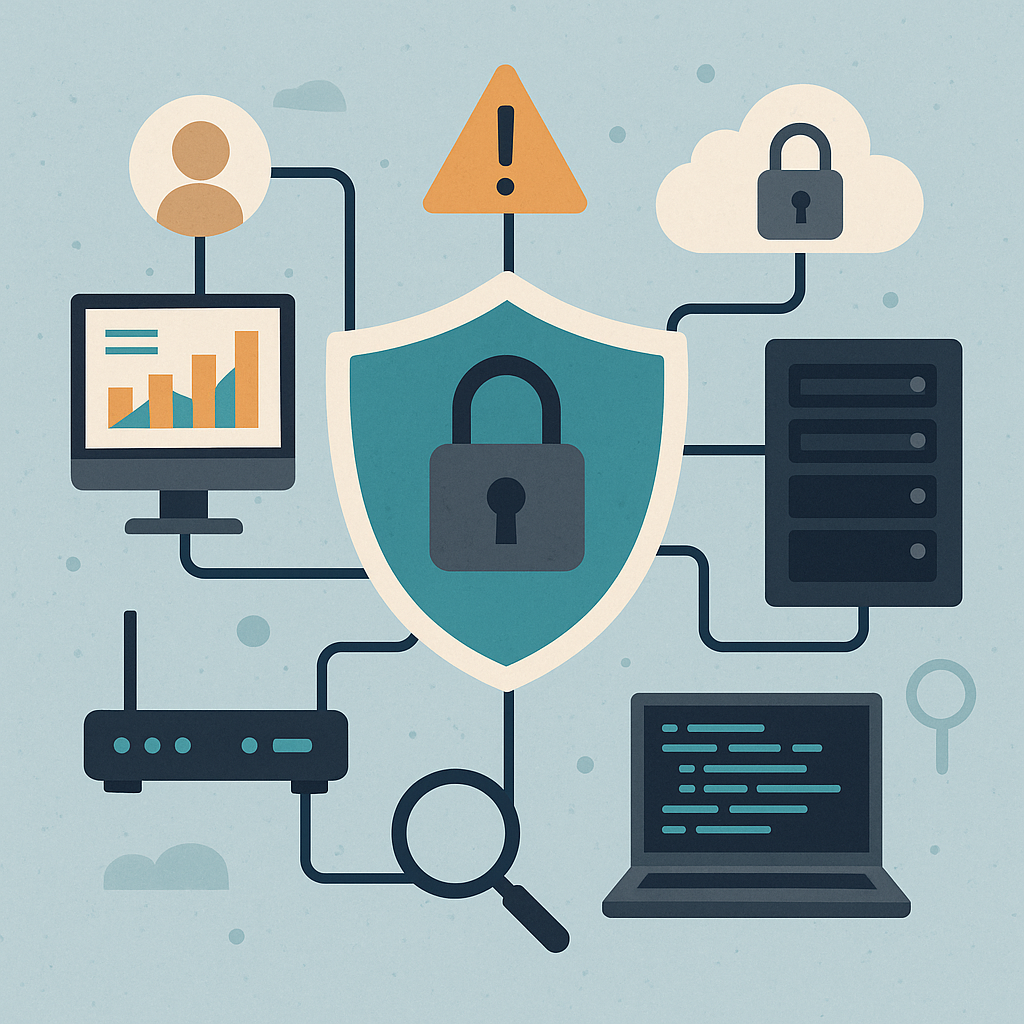
Top Network Security Trends Every Business Should Watch (Or Regret Not Watching)
Let’s face it — in the wild world of IT, network security is like the office wifi: it’s taken for granted until it breaks, and then suddenly everyone’s talking about it. As businesses lean more on digital infrastructure than ever, the threats are evolving faster than a dodgy Windows update on a Friday afternoon.
At Tier 3 Solutions, we’ve got our finger firmly on the pulse (and another finger on the “block all unknown IPs” button). So, here are the top network security trends your business should absolutely keep an eye on in 2025 — unless you fancy explaining to your clients why their data’s now living in a hacker’s data centre in Moscow.
1. Zero Trust Architecture – Because ‘Trust Me Bro’ Isn’t a Strategy
Once upon a time, businesses assumed anything inside their network could be trusted. That era is now lovingly referred to as The Good Old Days — also known as Naïve Times.
Zero Trust is the security equivalent of hiring a bouncer for every door in your office — no one gets in without proving who they are, every time. This model assumes every user, device, or packet of data could be dodgy until proven otherwise. It’s not paranoia if they’re really after you, right?
What to do: Start segmenting your network, implementing strict access controls, and logging everything like your compliance officer just discovered coffee.
2. AI and Machine Learning – Your New Cybersecurity Sidekicks
AI is no longer just powering your Spotify recommendations and suspiciously targeted ads. It’s now fighting cyber threats in real-time, detecting anomalies, and even blocking threats before they happen.
Think of it as having a digital watchdog that doesn’t sleep, complain, or need tea breaks. (Although if someone invents that, I’m hiring one.)
The catch? Hackers are using AI too. It’s like an arms race, but with fewer tanks and more code.
What to do: Invest in intelligent threat detection systems that learn your network’s behaviour and can act autonomously when something smells fishy (and not in the “someone microwaved salmon in the office kitchen” way).
3. Ransomware – Still Ruining Mondays Since 2016
Ransomware is the villain that just won’t quit. It’s evolved from blunt instruments into sophisticated campaigns targeting everything from small businesses to entire city councils (yes, even the one that still uses Windows XP).
In 2025, we’re seeing “double extortion” tactics, where not only is your data encrypted, but hackers also threaten to leak it if you don’t pay up. Lovely.
What to do: Regular backups (offline, please — not just shoved into OneDrive), endpoint protection, staff training, and a sturdy plan for “what to do when it all goes pear-shaped.”
4. IoT Security – The Rise of the Dumb Smart Device
From smart fridges to internet-connected kettles (yes, they exist), the Internet of Things (IoT) is a treasure trove of vulnerabilities. Each new device on your network could be a potential open door for cyber crooks — and let’s be honest, half of these devices have weaker passwords than your Nan’s Facebook account.
What to do: Create a separate VLAN for IoT devices, disable unused services, and change the default login from “admin/admin” to something less tragic.
5. Cloud Security – Up in the Air, But Not Off the Hook
Cloud adoption isn’t slowing down, and neither are cloud breaches. Misconfigured storage buckets, poorly managed credentials, and shadow IT are turning cloud environments into hacker happy hours.
What to do: Use a reputable cloud provider (not Dave from Reddit), enable MFA, monitor access logs, and regularly audit your cloud configurations. And for the love of bandwidth — don’t just “set and forget” your cloud setup.
6. Human Error – Still the No.1 Risk (Bless Us All)
Despite all the tech wizardry, the biggest security hole is often between the chair and the keyboard. Phishing, password reuse, accidental clicks — you name it, we’ve seen it. (You’d be amazed how often “123456” still gets used.)
What to do: Continuous staff training, phishing simulations, and enforcing password policies that don’t include your dog’s name followed by a “1”.
7. Regulatory Compliance – Now With More Teeth
From GDPR to NIS2, regulators are stepping things up. Fines are getting bigger, audits are getting stricter, and “we didn’t know” isn’t an excuse that holds up anymore — especially when you’ve had three emails from your IT guy warning you.
What to do: Make sure your network policies are aligned with current laws and industry best practices. And document everything — compliance loves a paper trail.
Conclusion: Don’t Just React — Proact (Yes, It’s a Word Now)
The future of network security isn’t just about stronger firewalls and cleverer passwords. It’s about building a culture of security — one where every employee is part of the defence team, every device is accounted for, and every risky behaviour is challenged (ideally before it brings down the WiFi).
At Tier 3 Solutions, we help businesses like yours stay two steps ahead of the threats — without needing a PhD in cyber sorcery.
Need help future-proofing your network? Let’s talk — before a Russian bot does it for you.
